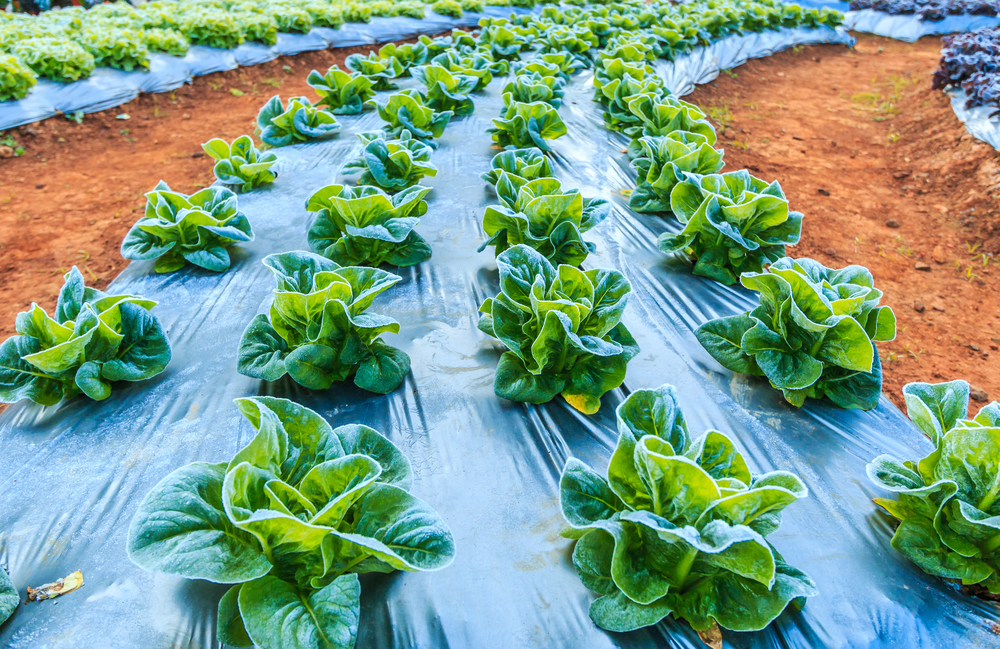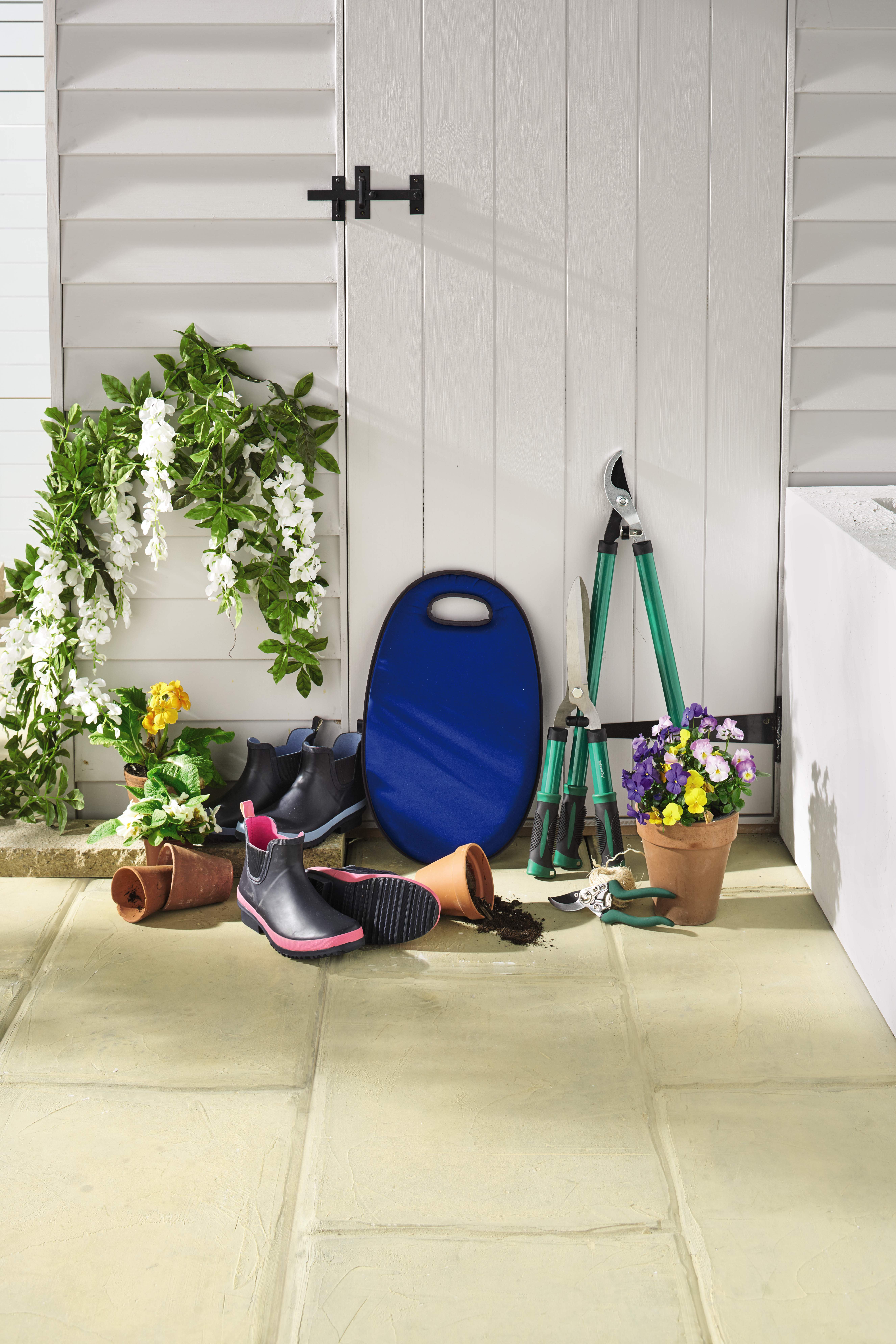Have you ever wondered how you can continue growing vegetable in winter? I once did and it prompted me to do some research on how I could possible do it. I discovered that there are a lot of vegetables that can grow in winter and most of them can be sown or planted outdoors.
Vegetables you can grow outdoors in winter include: arugula, asparagus, beets, Brussels sprouts, broad beans, broccoli, garlic, cabbage, cauliflower, leeks, onions and shallots, peas, perpetual spinach and spring onions. You can also grow carrots, Pak Choi and winter salads in green houses.

How to Grow Vegetables in Winter
It can be a challenge to grow vegetables in winter but with the right methods you can keep them warm so they can grow through the cold temperature. The cool temperature can enable the vegetables to produce more sugar which they need to survive the winter temperature. Sugar also improves their flavor.
Option # 1: Planting Outdoors
What You Will Need
- Cold-resistant vegetables
- Cold frame (18 inches in the back x 12 inches in the front) with a slanted roof made from a clear material.
- Nutrient rich soil
- Mulch
What You Need to Do
- Pick the right vegetables to grow. Make sure you are aware of the minimum temperature requirements before deciding on the vegetable to grow.
- Pick different vegetables to grow in winter every year, planting the same vegetables in the same spot will make the soil lose its nutrients.
- Choose a planting spot that is near the outer walls of your home. The wall will protect your vegetables from winter winds. If there is not much wind in your place in winter choose a wall facing south. South facing walls will allow your vegetables to receive the most sunlight while it is protected from most of the cold winds.
- Set up your cold frame. You can construct your own cold frame from fiberglass or wood or you can get one from a garden supply store. A cold frame is a box with a slanted roof made from a clear material to allow your vegetables to get enough sunlight while being protected from the cold wind.
- Fill the raise beds inside the cold frame with nutrient-rich soil. When your vegetables are elevated the soil is warmer than when planted in ground soil by as much as 80 to 120F.
- Insulate your vegetables to keep them warm. Cover root vegetables with a pile of soil around the roots (e.g. carrots) but avoid covering the leaves that are sprouting above the grounds. The leaves need sunlight and you need to protect the roots against the frost.
- Before the ground freezes, mulch your crops. Mulch by as deep as 1 foot for extremely cold areas. Its important to calculate how much mulch you need. For best results use pine needles, stray mulch, grass clippings or shredded leaves. For really cold regions, use light bark mulch. When mulching, avoid the sprouting leaves so they can still get hit by direct sunlight.
Option # 2: Planting Indoors
If you have the space you can plant your vegetables indoors in winter. Most vegetable can be planted in deep containers because they have deep roots. You will need to water them frequently and depending on the type of vegetable, you may need to supplement natural sunlight with grow lights.
What You Will Need
- Spinach, Vegetables, parsley, basil, oregano, pepper, tomatoes
- Pots or Plastic dish pans
- Grow lights
What You Need to Do
- Choose an area inside your home where your vegetable plants can get good air circulation and at least 5 to 6 hours of direct sunlight. A window facing south could be an ideal spot. A window facing southwest or southeast will also work. If the only spot available inside your home does not get at least 5 hours of sun every day, install indoor grow lights.
- Pick the vegetables to plant. Choose vegetable varieties that can be harvested after only a few days. Lettuce and tomatoes take short days until they can be harvested.
- Pick a container that can allow at least 4 inches of space for the roots to grow. Plastic dish pans are most ideal.
- Pick your soil medium. You can choose from between potting soil blends, vermiculite or gravel. They hold nutrients and moisture as well as support the vegetables. If you choose to use vermiculite or gravel you will need to water or ass nutrient mixture at least twice a day. Potting soil is most preferred though because it holds moisture better and after harvesting your crops it can be added to compost to start a growing a new set of vegetables. Garden soil is not suited for indoor gardening as it is too heavy and sits compact in containers.
- Plants usually need less water in winter. Avoid over-watering your vegetables.
- Fertilize your vegetables every 3 to 4 weeks.
The best part about planting vegetables indoors in winter is the harvesting. Cut back and use your vegetables often. Your herbs and greens will get thick and grow again as you harvest often.
Regardless of whether you are growing vegetable in winter outdoors or indoors, it always feels good to be consuming food you grew yourself.
Do you have any other ideas on how to grow vegetables in winter? Share with us some of your thoughts in the comments section.
Many thanks to Ann Sanders over at A Green Hand for sharing these excellent hints and tips

